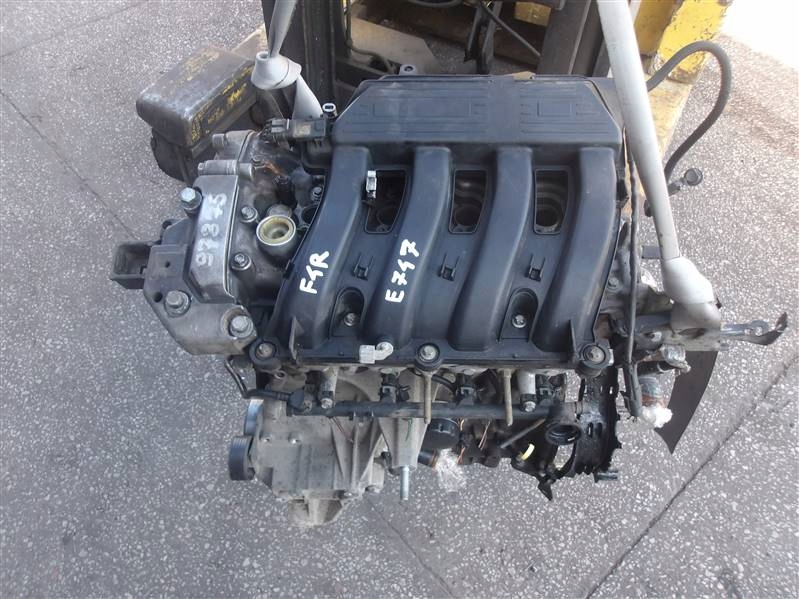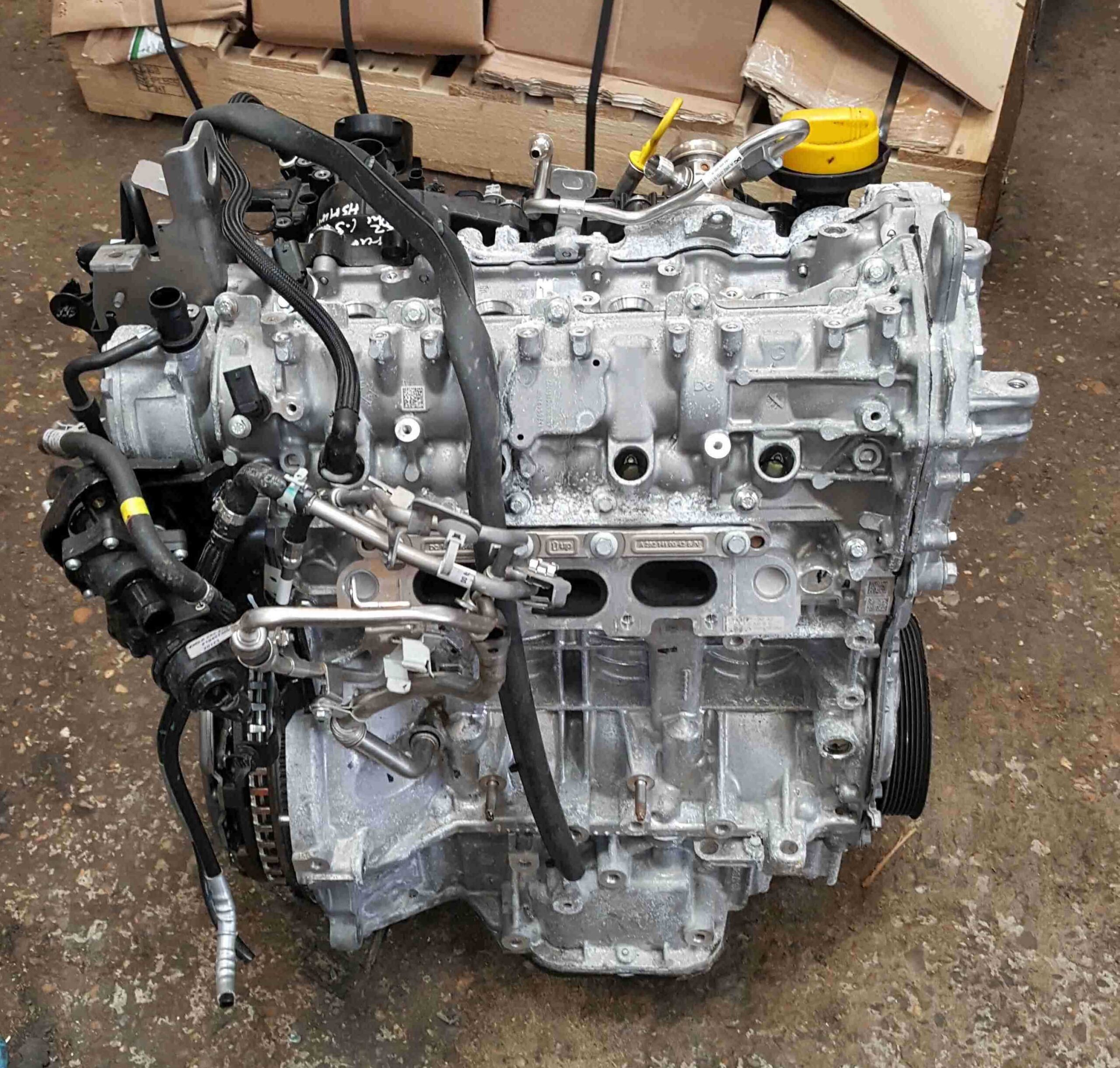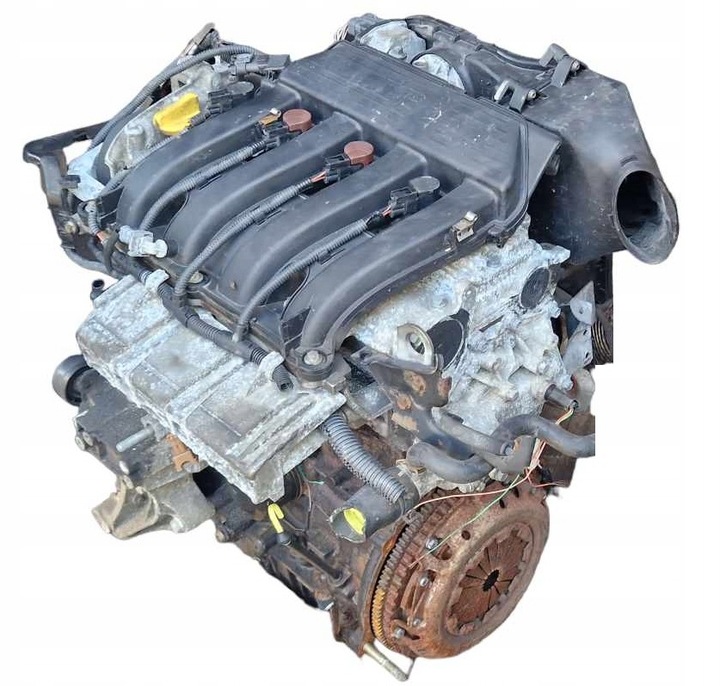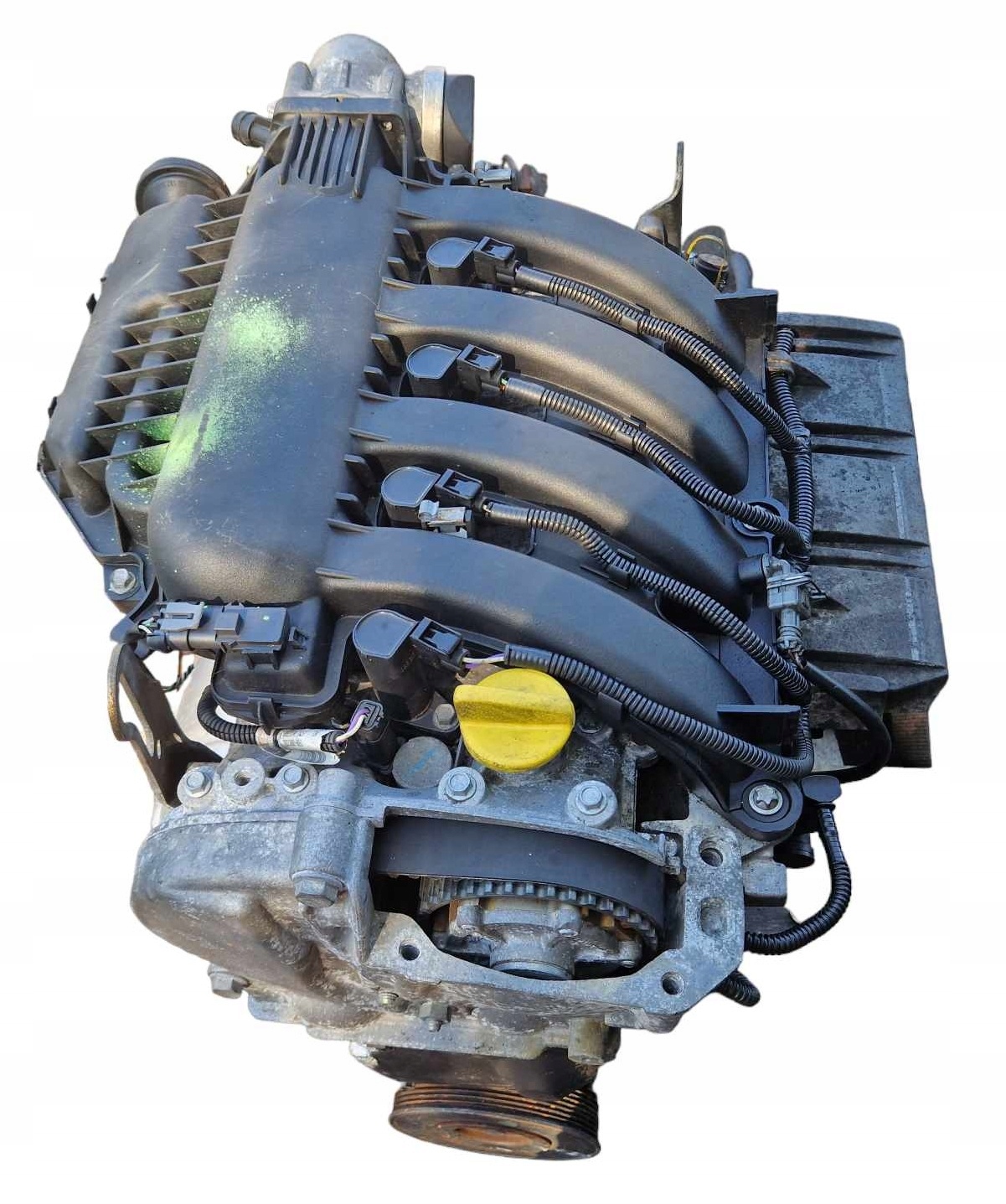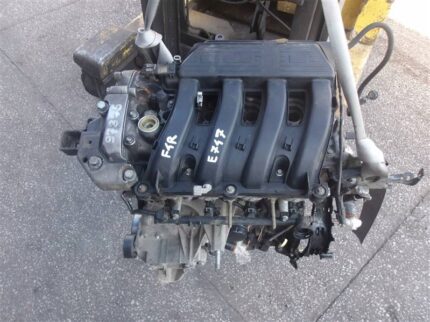Description
The Renault 2.0L F4R Engine: Performance and Versatility
Renault has long been an influential player in the automotive industry, known for its innovative technologies and versatile engine designs. Among its notable engineering feats is the 2.0L F4R engine, a powerplant celebrated for its performance, efficiency, and adaptability. Launched in the early 2000s, the F4R engine has become a favorite choice in various models and segments, demonstrating the brand’s commitment to providing robust power options for both everyday drivers and performance enthusiasts alike.
Engine Specifications and Architecture
The Renault 2.0L F4R engine is a four-cylinder, naturally aspirated unit with a displacement of 1998 cc. This engine is part of the larger F series, which includes various configurations and adaptations used across multiple models. The F4R engine features a DOHC (Double Overhead Camshaft) design, allowing for better airflow and efficiency at higher RPMs. Its compact dimensions make it versatile enough to be installed in a range of vehicles, from hatchbacks to mid-size sedans.
Key Specifications:
- Configuration: Inline-4
- Displacement: 1998 cc (2.0L)
- Bore x Stroke: 84 mm x 90 mm
- Power Output: Ranges from approximately 135 to 150 horsepower, depending on the specific tuning and application.
- Torque: Typically delivers between 190 to 210 Nm.
- Fuel System: Multi-Point Fuel Injection (MPI)
Performance and Efficiency
The F4R engine is primarily known for its balanced performance, combining adequate power with reasonable fuel efficiency. With a power output that can reach up to 150 horsepower, it provides a spirited driving experience without compromising fuel economy. The engine’s responsive nature is particularly appreciated in urban environments, where its torque curve offers a lively engagement at lower RPMs.
In terms of efficiency, the F4R engine is designed to comply with environmental standards, ensuring that emissions are kept within acceptable limits. Depending on the vehicle size and weight, drivers often report good fuel economy figures, making it a practical choice for daily commuting as well as longer drives.
Applications and Versatility
One of the standout features of the F4R engine is its versatility. Over the years, it has been utilized in various Renault models, including the popular Renault Mégane and Renault Scénic. It has found use in both standard road variants as well as sportier editions, most notably in the Renault Sport models.
Common Applications Include:
- Renault Mégane II and III: The F4R engine powers some of the mid-range models, providing a blend of comfort and performance.
- Renault Scénic II: Perfect for family-oriented vehicles, offering space and efficiency.
- Renault Koleos: This compact SUV utilizes the F4R for those looking for a robust performance in a larger platform.
- Renault Sport Models: In higher-tuned applications, the F4R has also been used in performance versions, providing enthusiasts with thrilling driving dynamics.
Tuning Potential and Modifications
For performance enthusiasts, the F4R engine has great tuning potential. Many aftermarket options are available for those looking to increase horsepower and torque. Various modifications, such as ECU remapping, upgraded intake and exhaust systems, and even turbocharging, allow tuners to significantly enhance the engine’s performance profile.
Owners of vehicles equipped with the F4R engine often explore tuning packages offered by reputed manufacturers, which not only improve performance but also maintain reliability and drivability.
Conclusion
The Renault 2.0L F4R engine represents an excellent example of Renault’s engineering prowess. Its balance of power, efficiency, and versatility has made it a preferred choice in a wide range of vehicles. Whether you’re driving a daily commuter or seeking a performance-oriented hatchback, the F4R engine delivers a satisfying experience behind the wheel. As automotive technology continues to evolve, the legacy of engines like the F4R remains a testament to Renault’s dedication to producing reliable and engaging powertrains.

